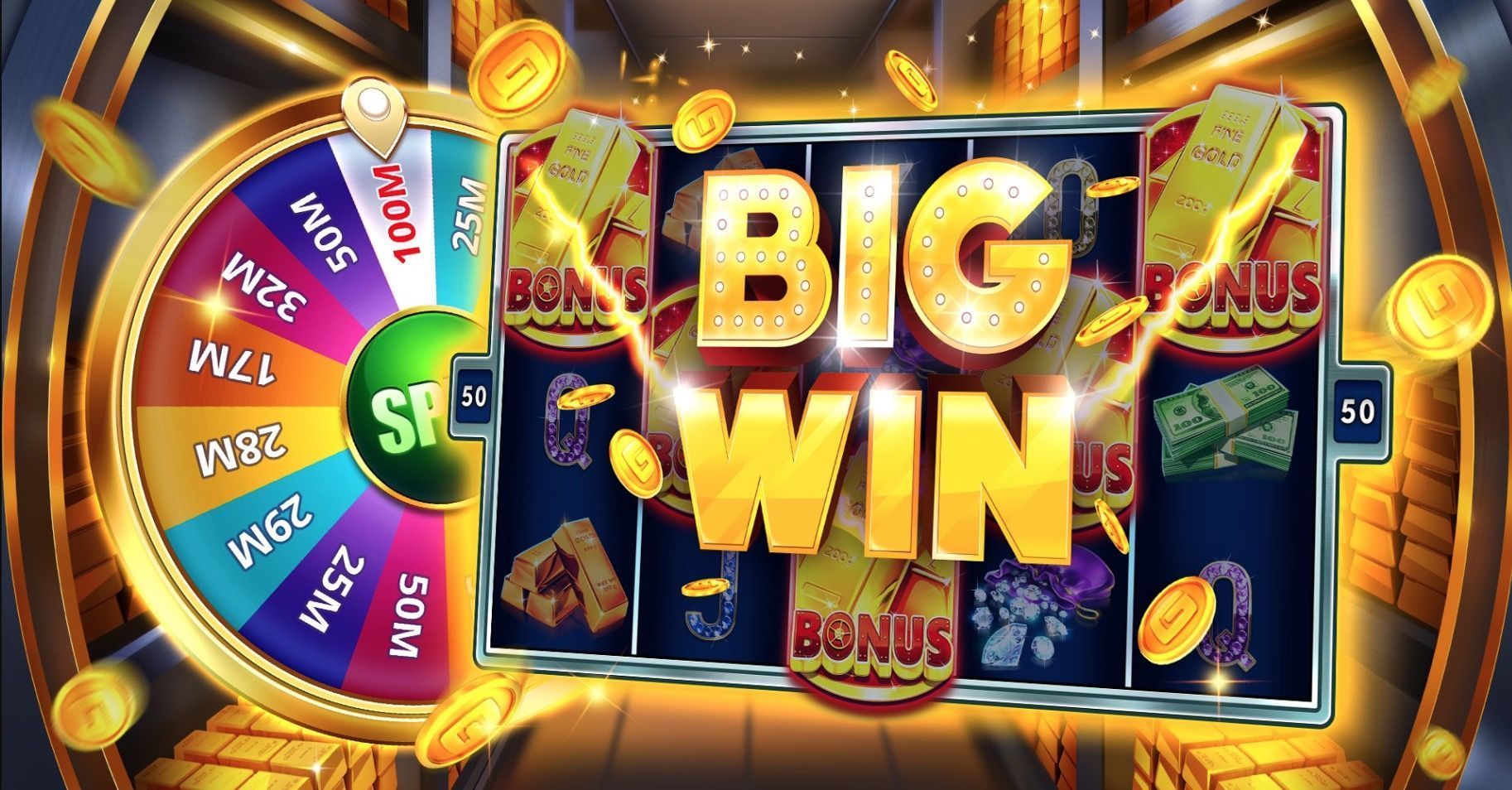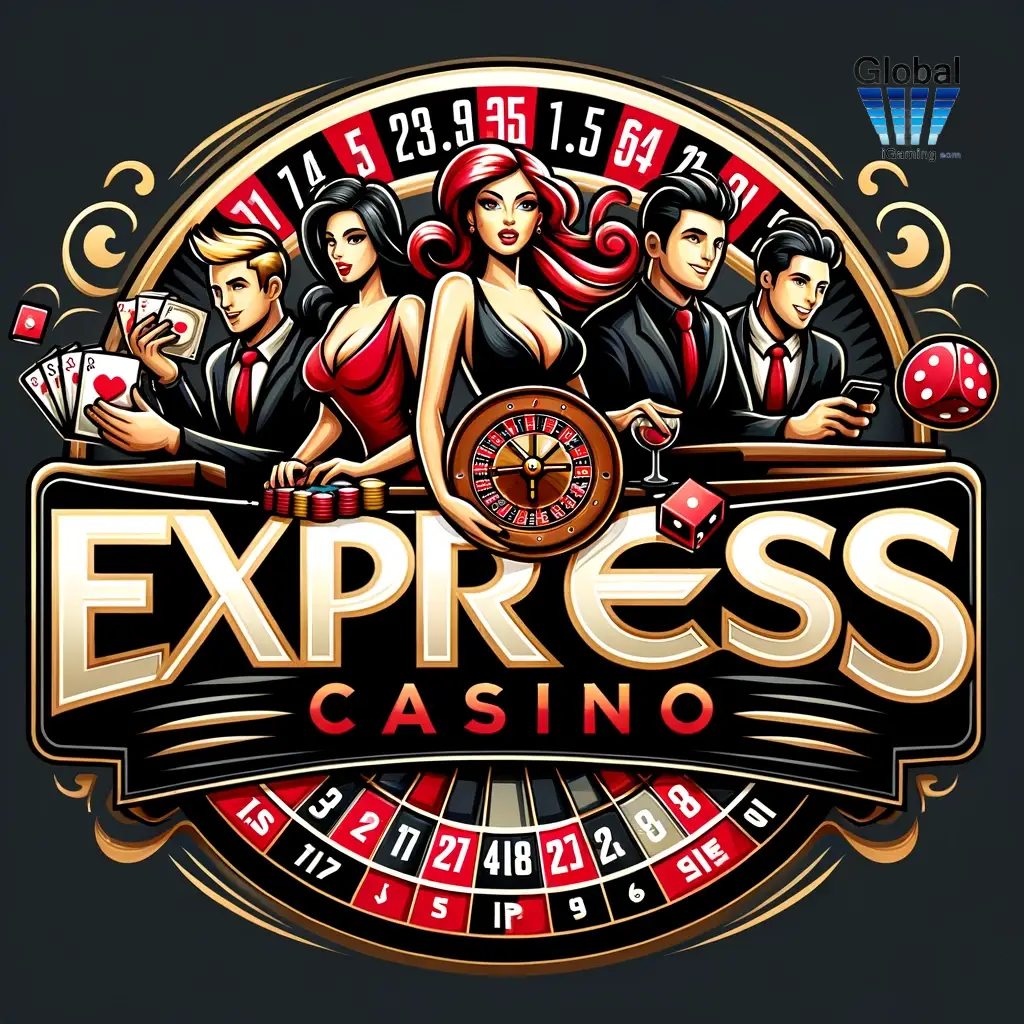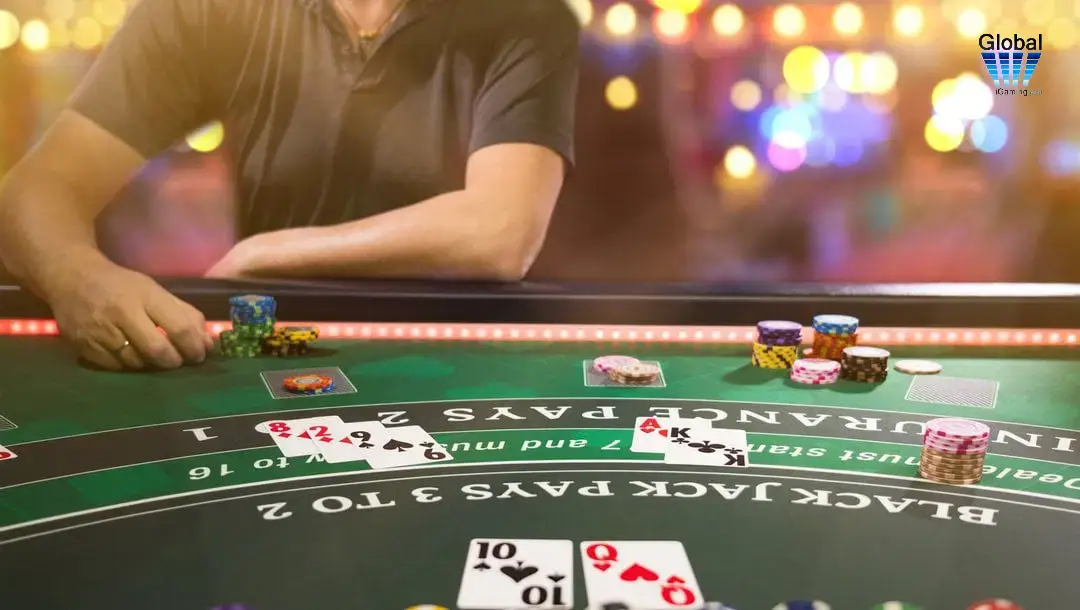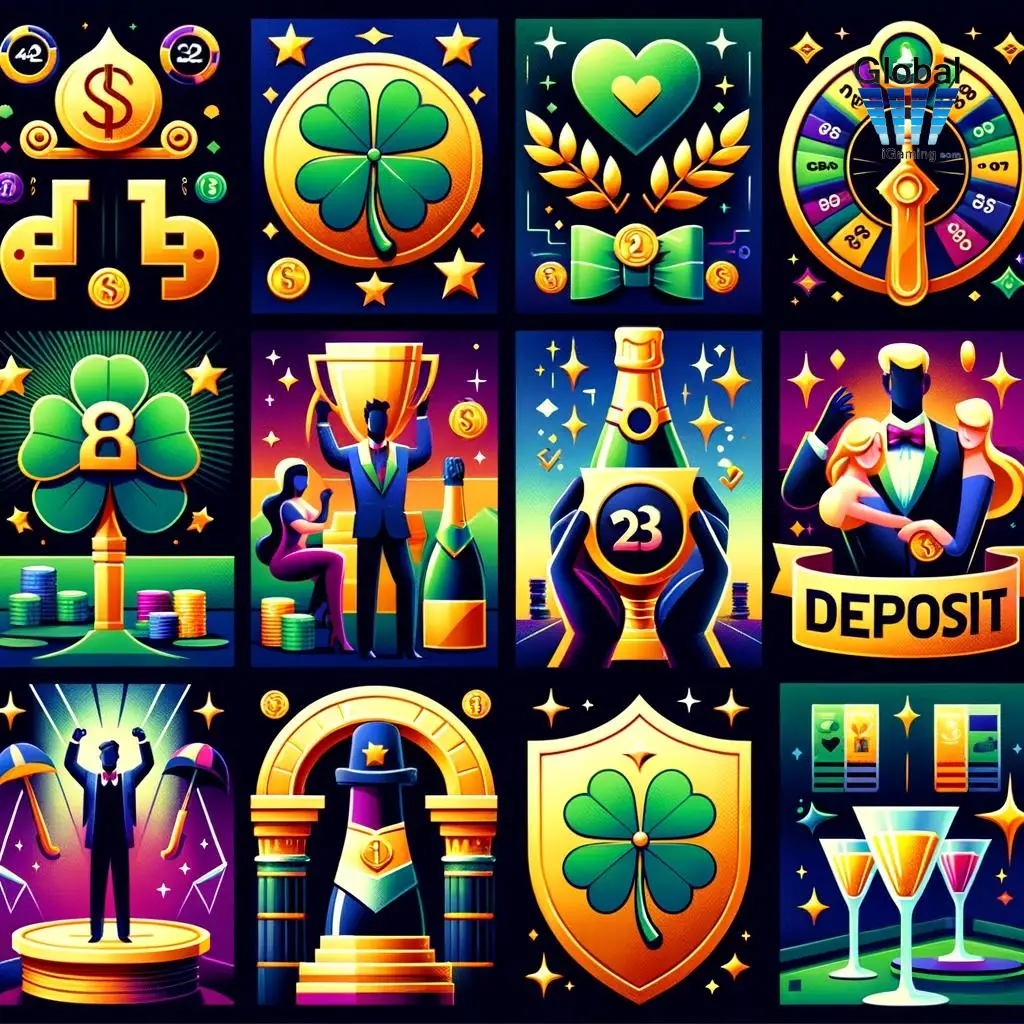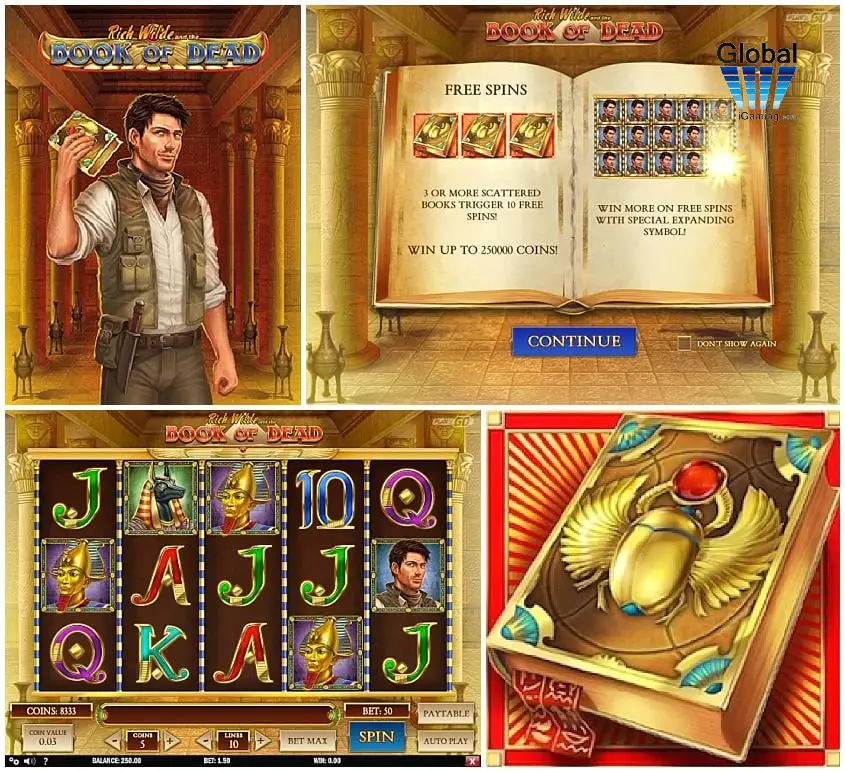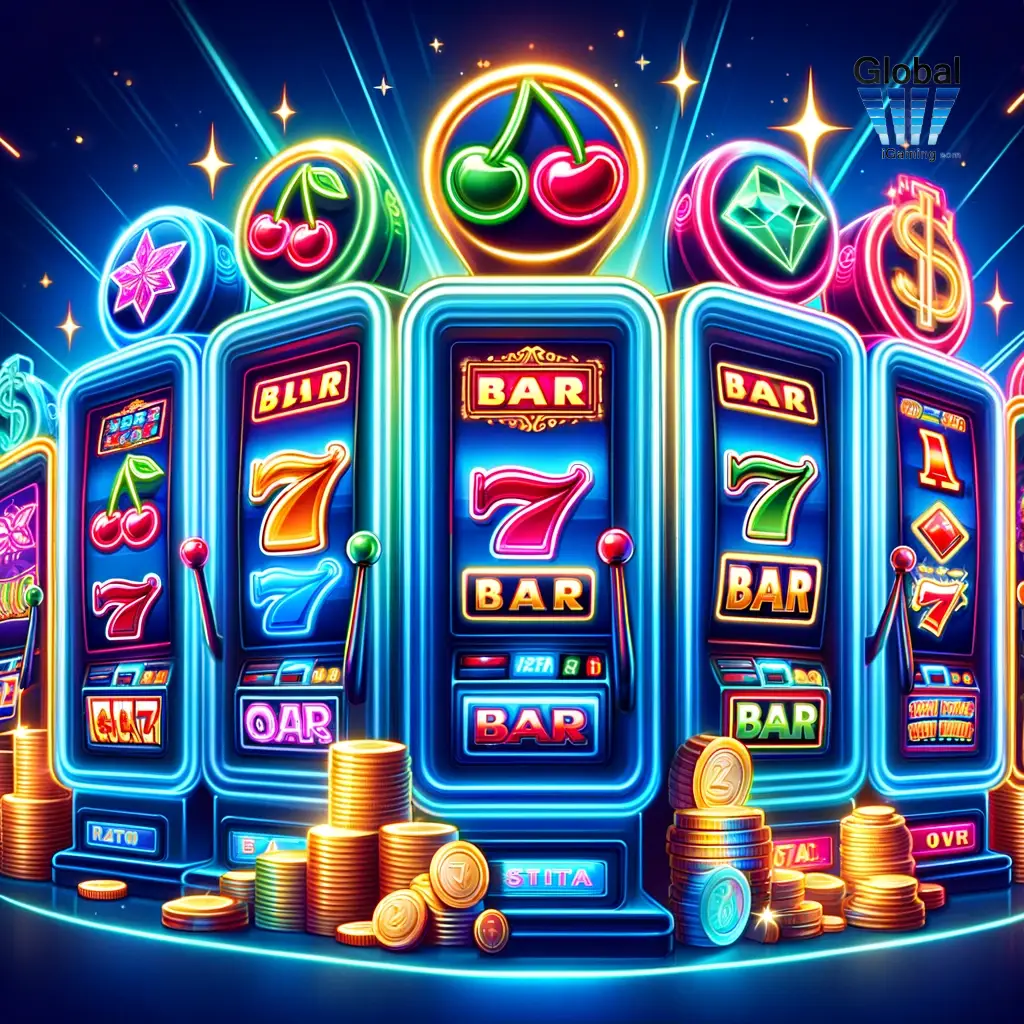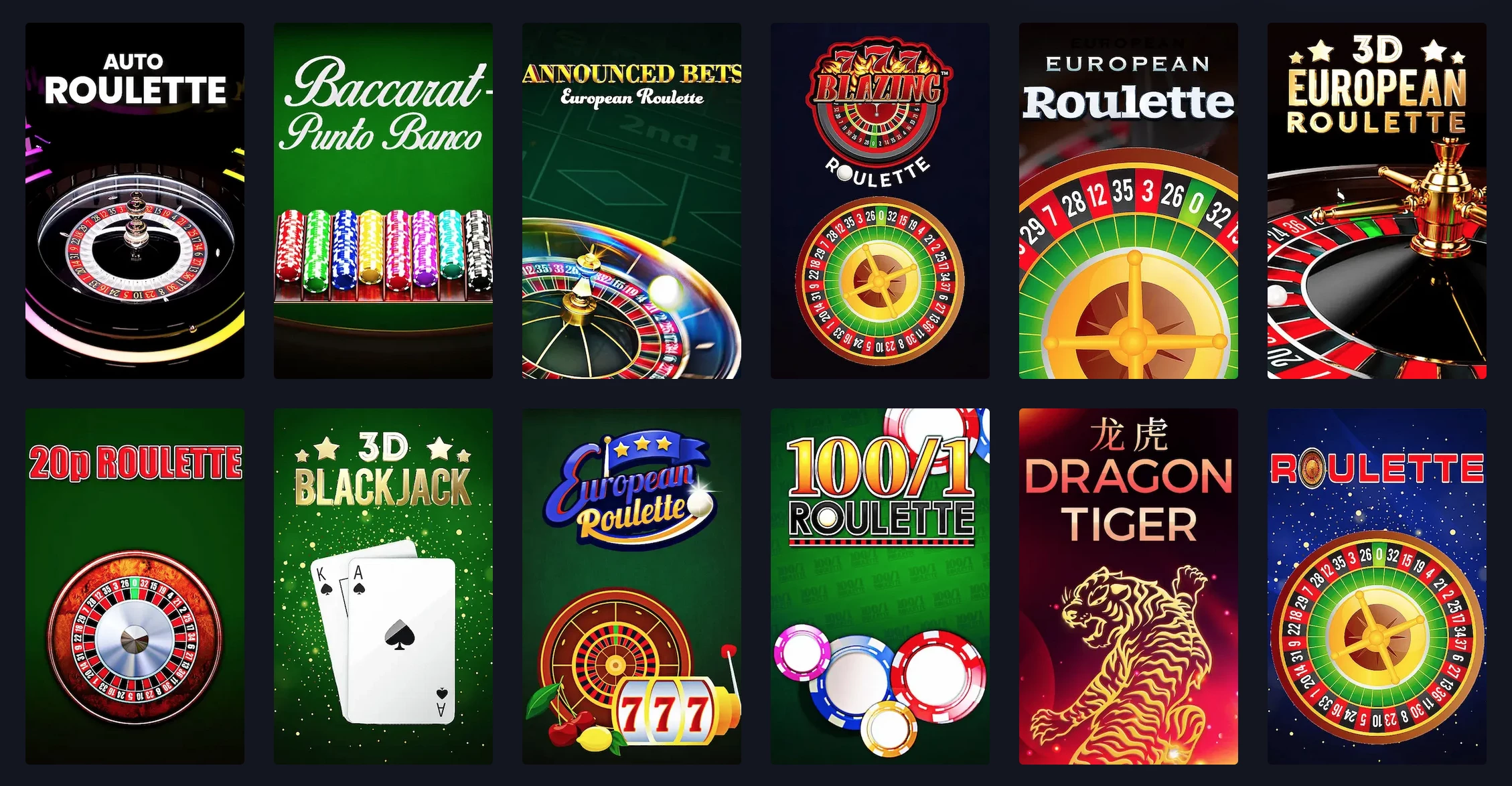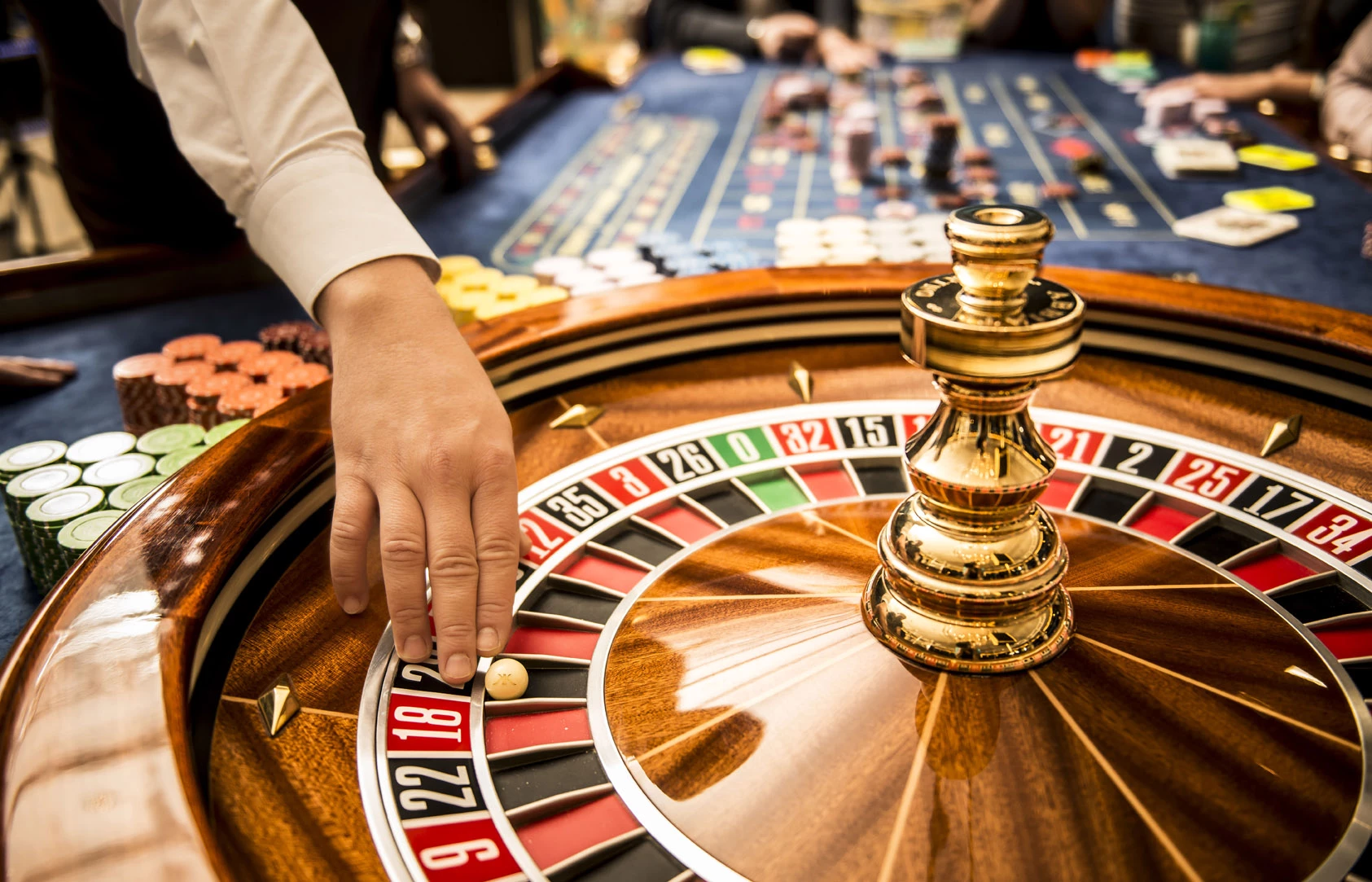En Baccarat En Banque gaming
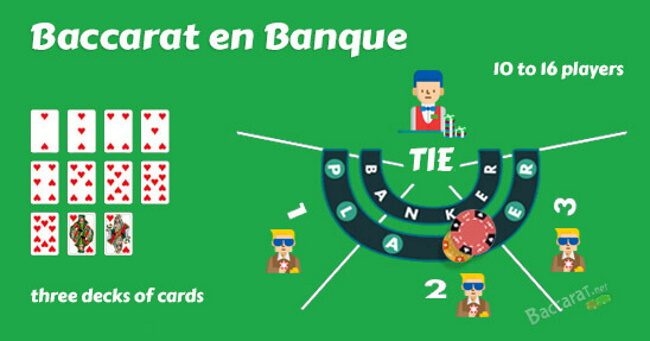
Executive Summary
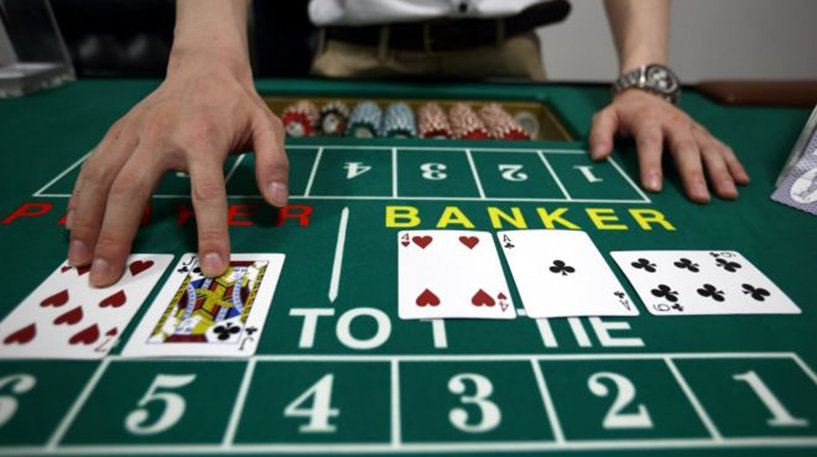
En Baccarat En Banque, also known as Baccarat Banque, is a variant of the classic card game Baccarat. It is a captivating game that requires skill, strategy, and a touch of luck. This comprehensive guide will delve into the intricacies of En Baccarat En Banque, providing you with the knowledge and understanding to enhance your gameplay.
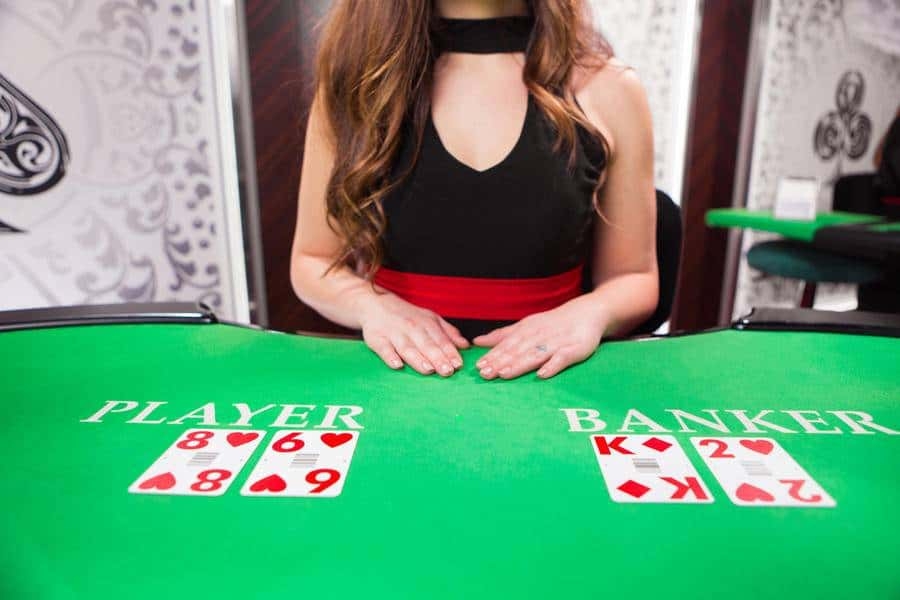
Introduction
En Baccarat En Banque emerged in the 19th century as a sophisticated variation of Baccarat. Played exclusively in private gambling clubs and casinos, it quickly gained popularity among high rollers and seasoned players. Unlike traditional Baccarat, En Baccarat En Banque features a unique set of rules and gameplay mechanics that set it apart.
Frequently Asked Questions (FAQs)
What is the objective of En Baccarat En Banque?
- To correctly predict the winning hand, either the Player's or the Banker's hand, or a tie.
Who deals the cards in En Baccarat En Banque?
- A designated player, known as the “Banco,” is responsible for dealing the cards and managing the game.
Can players become the Banco?
Subtopics
The Shoe
The game is played with a deck of 32 cards known as the shoe. The Banco shuffles the cards and deals them face down into two boxes, one for the Player and one for the Banker.
- Shoe Management: The Banco is responsible for maintaining the integrity of the shoe and ensuring that the cards are dealt fairly.
- Burn Cards: Before dealing the cards, the Banco burns (removes) a predetermined number of cards from the top of the shoe.
- Cut Card: The Banco inserts a cut card into the shoe to mark the point at which the Banco's turn ends and the next Banco's turn begins.
betting
In En Baccarat En Banque, players place bets on the Player's hand, the Banker's hand, or a tie.
- Player's Bet: This bet pays out even money (1:1) if the Player's hand wins.
- Banker's Bet: This bet pays out slightly less than even money (19:20) if the Banker's hand wins due to the Banker's advantage.
- Tie Bet: This bet pays out 8:1 if there is a tie between the Player's hand and the Banker's hand.
Deal and Gameplay
- Initial Deal: The Banco deals two cards to the Player's hand and two cards to the Banker's hand.
- Naturals: If either the Player or the Banker has a natural (an initial hand total of 8 or 9), the game ends, and the player with the natural wins.
- Player's Third Card: If the Player's initial hand total is 5 or less, the Player draws a third card. Otherwise, the Player stands.
- Banker's Third Card: The Banker's gameplay depends on the Player's third card draw. If the Player stands, the Banker draws a third card if their hand total is 5 or less. If the Player draws a third card, the Banker's gameplay is based on a complex set of rules known as the tableau.
Table of Commission
When the Banco wins, they earn a commission based on the amount of the winning bet.
- 0% Commission: If the Banker wins with a hand total of 6 or 7, there is no commission.
- 25% Commission: If the Banker wins with a hand total of 8, there is a 25% commission.
- 50% Commission: If the Banker wins with a hand total of 9, there is a 50% commission.
Chemin de Fer
Chemin de Fer is a variation of En Baccarat En Banque that is played with a smaller shoe.
- Shoe Composition: Chemin de Fer uses a shoe of 16 or 36 cards.
- Player's Role: Players take turns as the Banco and deal the cards.
- Betting Flexibility: Players have more flexibility in betting, being able to raise or lower their bets during gameplay.
Conclusion
En Baccarat En Banque is a captivating and sophisticated variant of Baccarat that offers a unique blend of skill, chance, and strategy. Understanding the nuances of the game, including the mechanics of the shoe, betting strategies, and gameplay rules, empowers players to enhance their gameplay and potentially increase their winning odds. Whether you are a seasoned player or a newcomer to En Baccarat En Banque, immersing yourself in the intricacies of this game is sure to elevate your gambling experience.
Keyword Tags:
- En Baccarat En Banque
- Baccarat Banque
- Shoe Management
- Chemin de Fer
- Table of Commission
